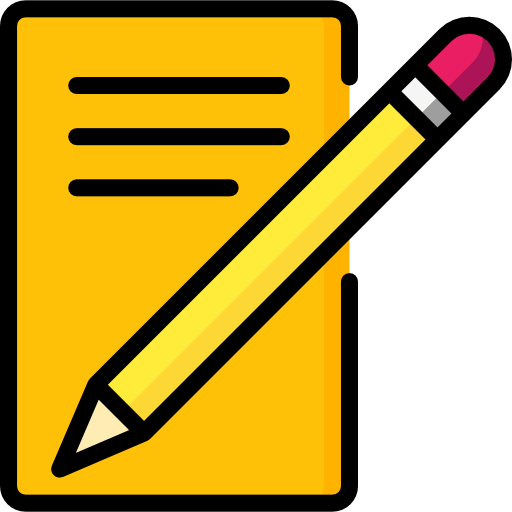Decoding Business Jargon: What Does RE Mean in Emails
In the realm of business correspondence, understanding the nuances of email communication is crucial. One common abbreviation that often leaves individuals perplexed is “RE.” As we delve into the world of email etiquette, it’s essential to address the question: what does RE: stand for in business correspondence? This seemingly simple query holds significant importance in professional settings, where clarity and precision are paramount.
The Origins of RE: in Business Correspondence
The term “RE:” originates from the Latin word “res,” meaning “thing” or “matter.” In the context of business emails, what does RE: stand for in business correspondence is often related to the subject or topic being discussed. When used in an email’s subject line, RE: indicates that the message is a response or pertains to a previous conversation regarding a specific matter.
Understanding what does RE: stand for in business correspondence helps individuals navigate complex email threads and ensures that responses are directed to the relevant topic. This clarity is vital in fast-paced business environments where miscommunication can lead to confusion and delays.
Best Practices for Using RE: in Business Emails
When it comes to using RE: in business correspondence, there are several best practices to keep in mind:
- Use RE: when responding to a previous email or discussion about a specific topic.
- Make sure the subject line accurately reflects the content of the email.
- Be cautious not to overuse RE:, as this can lead to confusion and dilute the effectiveness of the subject line.
By following these guidelines and understanding what does RE: stand for in business correspondence, professionals can ensure their emails are clear, concise, and effective.
Related Abbreviations and Synonyms
In addition to RE:, there are other abbreviations and synonyms used in business correspondence, such as:
| Abbreviation | Meaning |
|---|---|
| Fwd: | Forwarded |
| Re: | Regarding |
| Enc: | Enclosure |
Familiarizing oneself with these abbreviations and understanding what does RE: stand for in business correspondence can enhance one’s overall communication skills and professionalism.
Examples of RE: in Business Emails
To illustrate the proper use of RE: in business correspondence, consider the following examples:
Example 1:
Subject: RE: Meeting Invitation for Project Discussion
Dear [Name],
I hope this email finds you well. I am writing to confirm our meeting scheduled for [Date] to discuss the ongoing project.
Best regards,
[Your Name]
Example 2:
Subject: RE: Update on Order Status
Dear [Name],
I am pleased to inform you that your order has been shipped and will arrive within the next 3-5 business days.
Best regards,
[Your Name]
These examples demonstrate how RE: is used to reference a previous conversation or topic, ensuring that the email is directed to the relevant matter.
Tips for Effective Business Correspondence
To ensure effective business correspondence, consider the following tips:
- Be clear and concise in your subject lines and email content.
- Use proper grammar, spelling, and punctuation.
- Use relevant abbreviations and acronyms, such as RE:, to enhance clarity.
By following these tips and understanding what does RE: stand for in business correspondence, professionals can improve their communication skills and build stronger relationships with colleagues, clients, and partners.
Internal and External Communication
For more information on business correspondence and sample letters, visit https://letter-sample.com. This resource provides a wealth of information on effective communication strategies and sample templates for various business scenarios.
Additionally, the Harvard Business Review (https://hbr.org/) offers insightful articles on business communication, including best practices for email etiquette and correspondence.
Conclusion
In conclusion, understanding what does RE: stand for in business correspondence is essential for effective communication in professional settings. By using RE: correctly and following best practices for email etiquette, individuals can ensure their messages are clear, concise, and directed to the relevant topic.
As we navigate the complexities of business correspondence, it’s crucial to remain mindful of the nuances of email communication. By doing so, we can build stronger relationships, avoid miscommunication, and achieve our goals more efficiently.
By mastering the use of RE: and other business abbreviations, professionals can enhance their communication skills and become more effective in their roles.
Frequently Asked Questions
What does RE: stand for in business correspondence?
RE: stands for “Regarding” or “Reference” in business correspondence, indicating that the email is related to a previous conversation or topic.
When should I use RE: in an email?
Use RE: when responding to a previous email or discussion about a specific topic, ensuring that the subject line accurately reflects the content of the email.
Can I use RE: in a new email thread?
No, it’s best to avoid using RE: in a new email thread, as it may cause confusion. Instead, use a clear and descriptive subject line that reflects the content of the email.
Are there other abbreviations similar to RE:?
Yes, other abbreviations similar to RE: include Fwd: (Forwarded), Enc: (Enclosure), and Re: (Regarding).
How can I improve my business correspondence skills?
To improve your business correspondence skills, focus on clarity, concision, and proper grammar, spelling, and punctuation. Additionally, familiarize yourself with common abbreviations and acronyms, such as RE:, and use them correctly.
